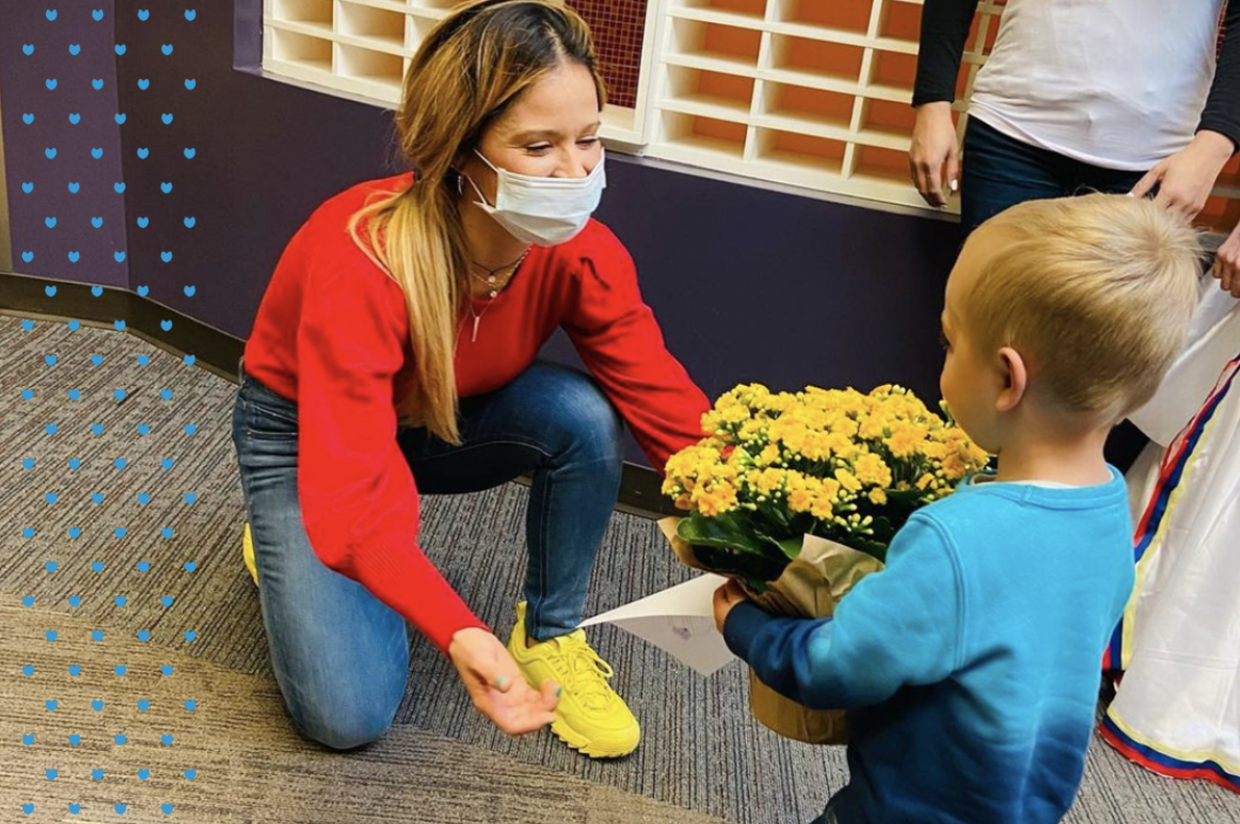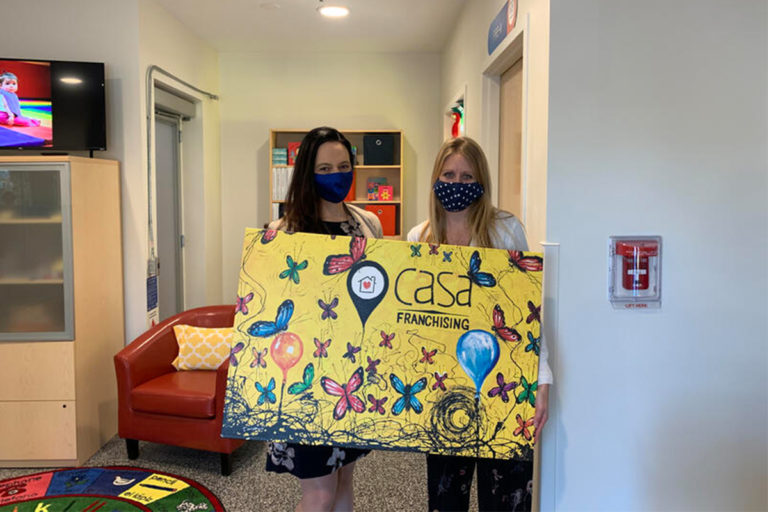5 Ways to Encourage Thankfulness in Children

What are you most thankful for? Unfortunately, things do not always go our way, and it can be easy to hyper-focus on the negatives. Feeling thankful is a good practice, and studies have shown that it can boost your immunity, improve your mood, and help you sleep better!
Being thankful and expressing gratitude are abstract concepts, and asking our children to understand them can seem challenging. But there is truly no better time than in preschool to start fostering these feelings. Children understand so much, and through constant practice and modeling, we can help them develop better relationships with themselves and cope with various situations. So how can we foster feelings of thankfulness?
5 Ways to Encourage Thankfulness
Many people frequently think the words thankful and grateful are interchangeable. However, by looking at their definitions, we uncover that is not the case. Being thankful is a feeling and being grateful is an action. Thus we can say that being thankful is a precursor to being grateful, and the former drives the ladder. That is why we are talking about being thankful, as it is the first step in encouraging acts of kindness.
Say “Thank You”
These phrases are the easiest to implement into a child’s daily routine. Saying thank you after a meal, when someone passes us a glue stick, or when we receive a gift, all these instances are great opportunities to pair this word with a feeling of joy/happiness. By actively saying out loud, “Thank you,” we are prompting our brains to make associations, and we are more inclined to remember such feelings in situations that are similar in the future.
Another essential thing to remember is to take the time to talk with your little one about why they should say these phrases. Then, sit down and have them express and process their feelings. This will avoid any auto-pilot responses and truly foster thankfulness.
Volunteer
Volunteering can be a powerful experience for your little one. It can be through an organized event or even smaller acts such as taking care of your neighbor’s dog while away or picking up someone’s groceries when they are sick. Invite your child to participate in these activities and give them a task.
For example, if your neighbor is too sick to shop for groceries, take your child to the grocery store and shop together. Then recruit their help to deliver the groceries to their front door. Along the way, talk about why you are doing this and why it is important to help others.
Encourage Sharing
This is another easy tactic to do at home or your preschool. If your child has siblings, encourage them to share items your other children might need, such as a toy. Take the following example, your children are playing in the sandbox, and they are digging for objects. Suddenly, one pail breaks, leaving one of your children sad. But your child with the pail sees this and decides to share the one pail by trading off. In this scenario, the child who gave the pail is learning that sharing is a good thing and has made their sibling happy, thus making them feel grateful that they could continue playing and smiling through this action.
Talk About What They are Thankful For
A great time to do this is right before nap time. First, ask your child what they are thankful for. If they struggle to come up with a list, give them some ideas. You can either point things out that happened during the day or tell them something you are grateful for. Voicing things out loud is always great for building connections and habits.
Ask the Following Questions
How do you feel when you do something nice for someone? When you share a toy?
How do you feel after helping our neighbor out?
What was your favorite thing we did this weekend?
What was your favorite part of your day? Why?
What did you like to do with your friends this week?
Additionally, check out this 21-Day Family Gratitude Challenge with easy prompts to encourage thankfulness!


